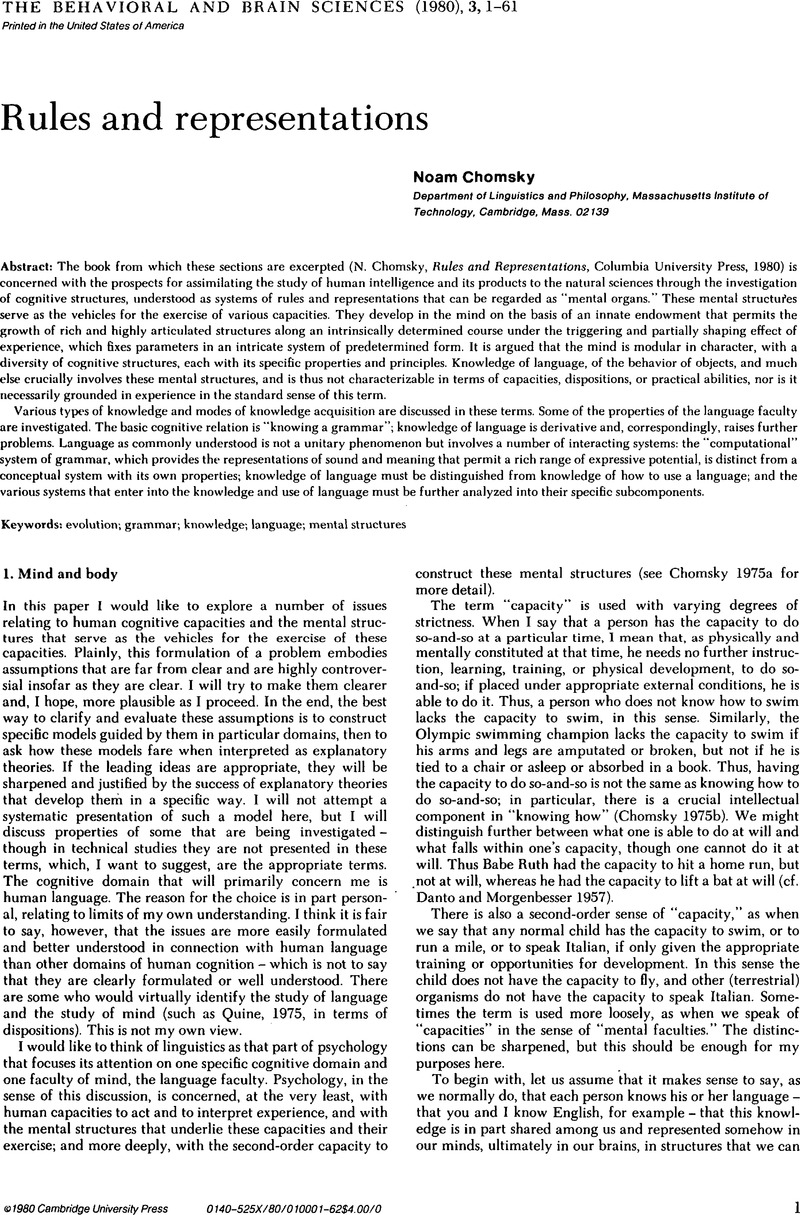Karmiloff-Smith, A. (
1977) The child's construction of a syslem of plurifunctional markers. In:
Bullowa, M. (Chair)
Language development. Symposium presented at the biennial conference of the International Society for the Study of Behavioural Development,
Pavia, Italy. [RFC]
Google Scholar 